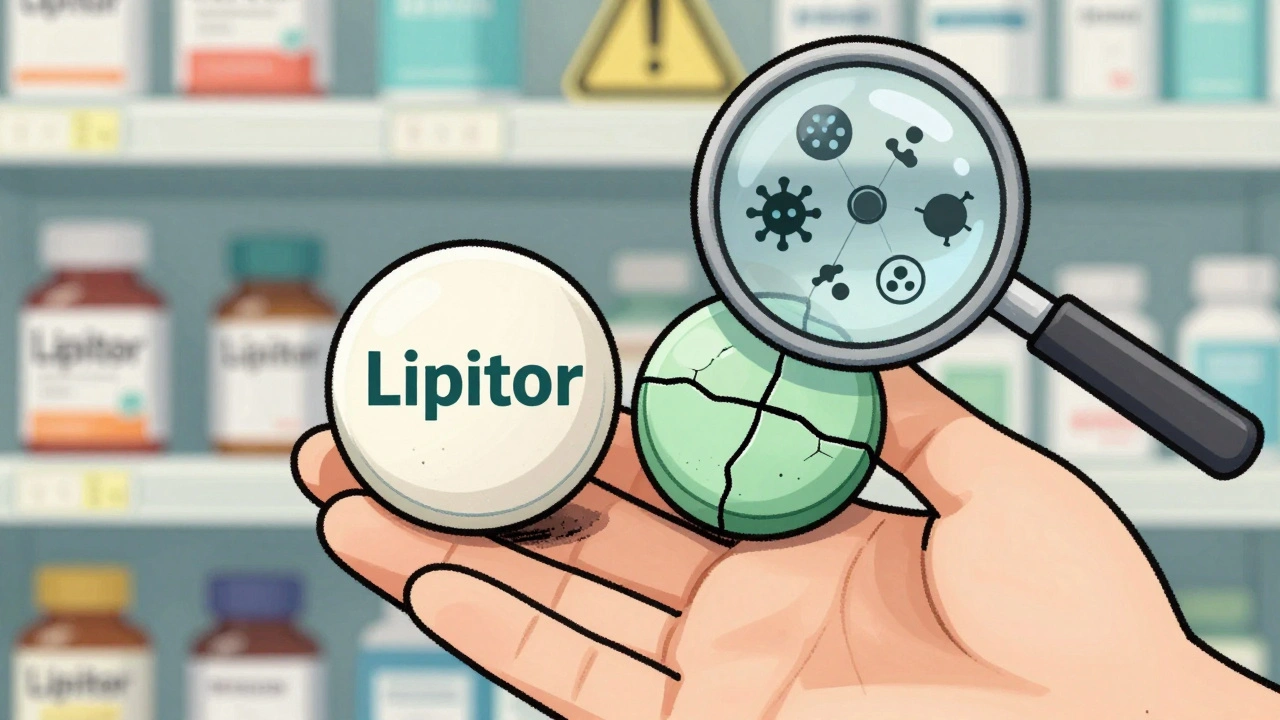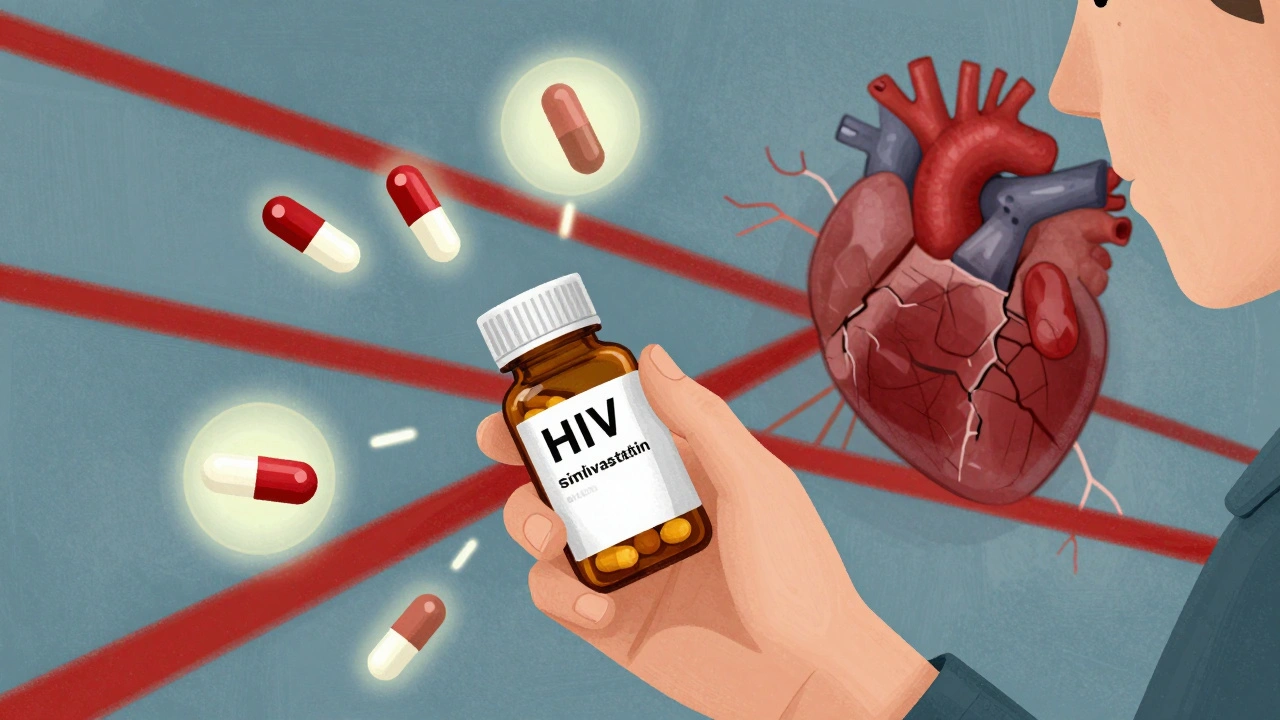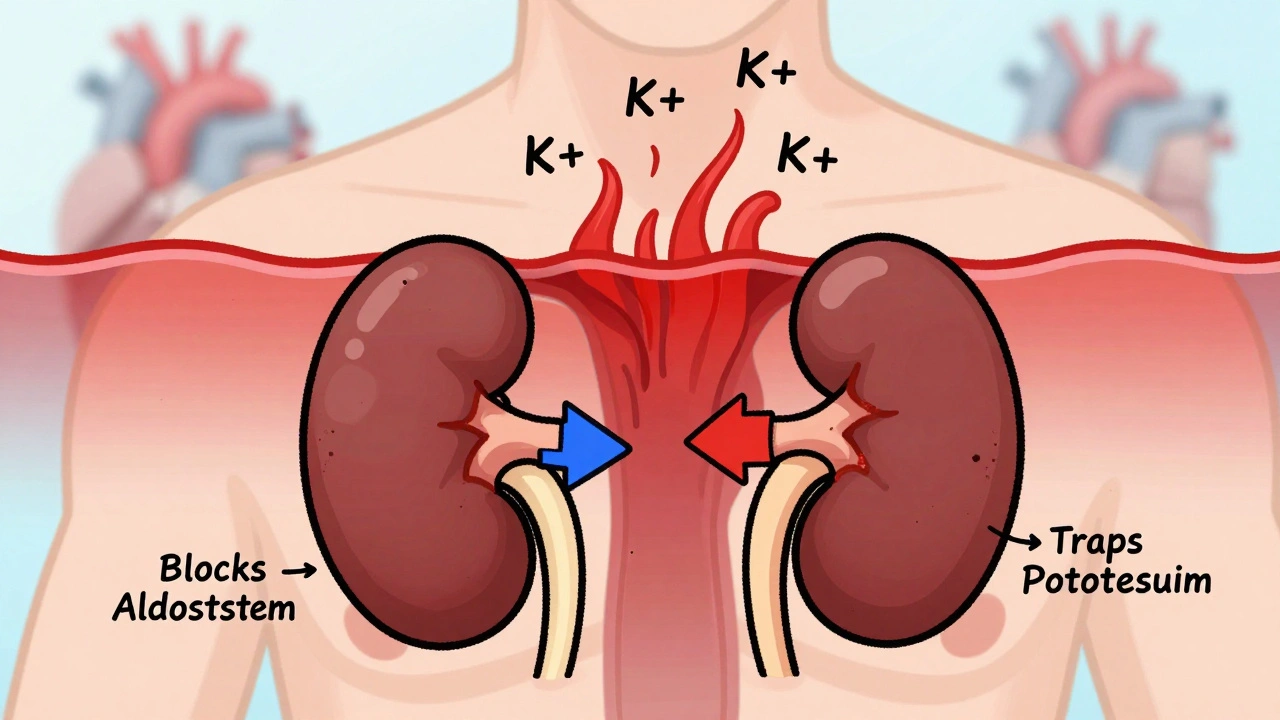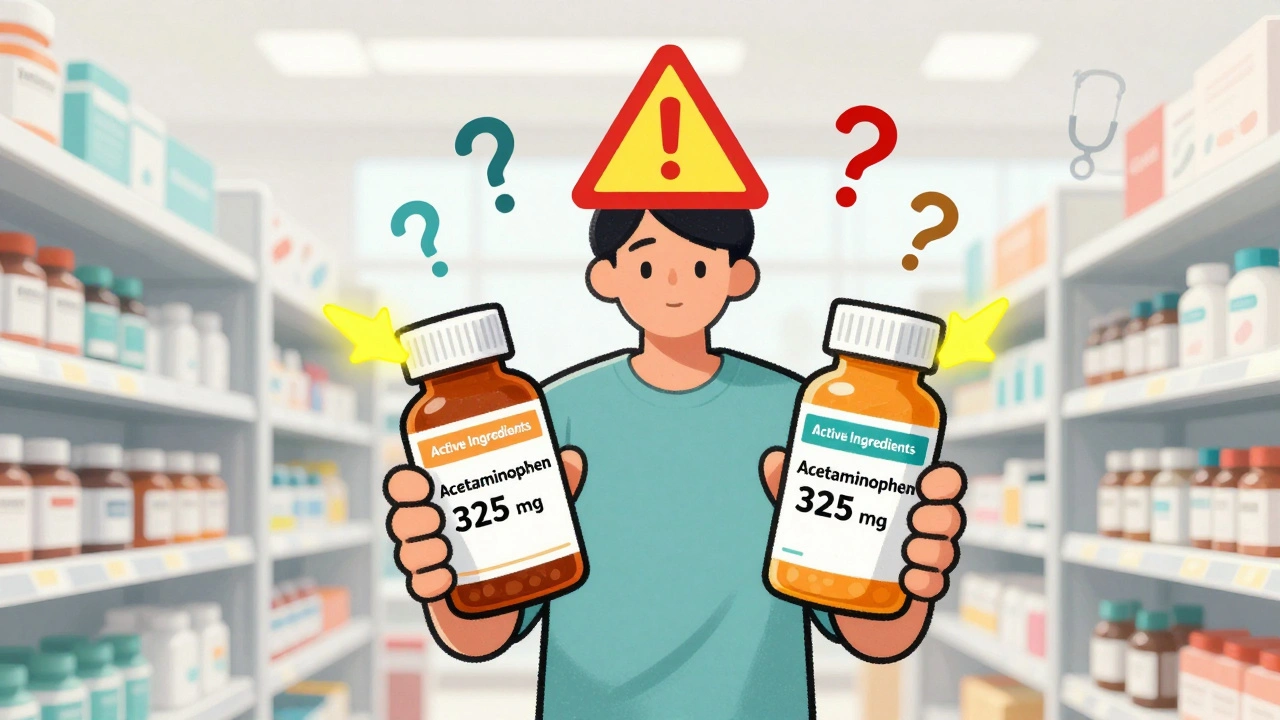Mechanism of Action: How Drugs Work Explained
Mechanism of action is the term used to describe how a medication produces its intended effect in the body. Mechanism of action the specific biochemical interaction through which a drug exerts its therapeutic result. Also known as MoA, it helps clinicians predict efficacy, safety, and possible interactions. Knowing the drug class a group of medicines that share a similar chemical structure or therapeutic purpose gives clues about the likely mechanisms, because drugs in the same class often target the same receptor a protein that binds a drug and triggers a cellular response or enzyme. In short, the mechanism links the drug’s chemistry to the body’s biology.
Why Knowing the Mechanism Matters
When you understand how a drug works, you can make smarter choices about treatment. For instance, antibiotics like fusidic acid (found in Fucidin cream) stop bacterial protein synthesis, while mupirocin blocks a different step in the same pathway. Both belong to the topical antibiotic drug class, yet their mechanisms affect resistance patterns and side‑effect profiles. Hormonal agents such as finasteride inhibit the enzyme 5‑α‑reductase, reducing dihydrotestosterone levels and shrinking prostate tissue. This enzyme inhibition explains why the drug helps with both BPH and hair loss. By matching the mechanism to the clinical problem, doctors can pick the most effective drug with the fewest unwanted effects.
Our article collection below reflects this practical approach. You’ll find comparisons that break down the mechanism of action for common medicines— from Fucidin versus other topical antibiotics, to finasteride versus its alternatives, and even antiviral agents like amantadine compared to newer drugs. Each piece explains the core interaction (receptor binding, enzyme blockade, ion channel modulation, etc.) and then shows how that interaction translates into real‑world outcomes like dosing, cost, and safety. Whether you’re a patient trying to understand why one ointment feels different from another, or a healthcare professional looking for a quick refresher on drug class effects, the posts give you concrete, mechanism‑focused insights.
Beyond individual drugs, the concept of mechanism of action intertwines with several related ideas. Pharmacodynamics the study of how drug concentration relates to effect tells us how strong a response will be at a given dose. Pharmacokinetics the way the body absorbs, distributes, metabolizes, and excretes a drug determines how quickly the mechanism can start working. Together, they shape the therapeutic window and guide safe prescribing. By keeping these connections in mind, you can see why a drug’s mechanism is more than a textbook definition—it’s the bridge between chemistry and clinical benefit.
Ready to see the mechanism in action? Below you’ll discover detailed breakdowns, side‑by‑side comparisons, and practical tips that turn abstract concepts into everyday decisions. Dive in and find the information that matches the health question you’re tackling right now.

How Perindopril Erbumine Lowers Blood Pressure - Mechanism, Benefits & Dosage
Learn how Perindopril erbumine lowers blood pressure, its mechanism, benefits, dosage, side effects, and how it compares to other ACE inhibitors.





